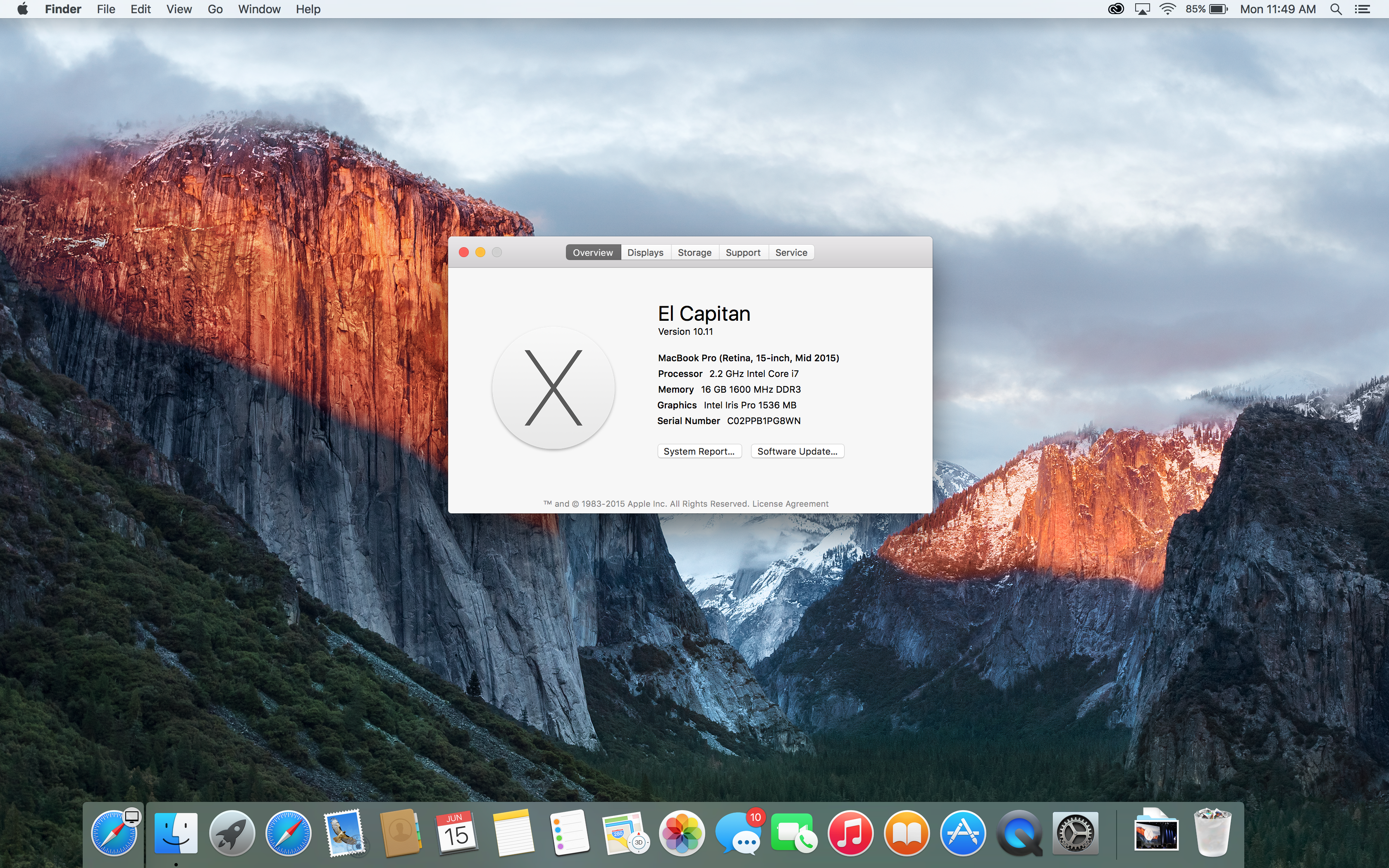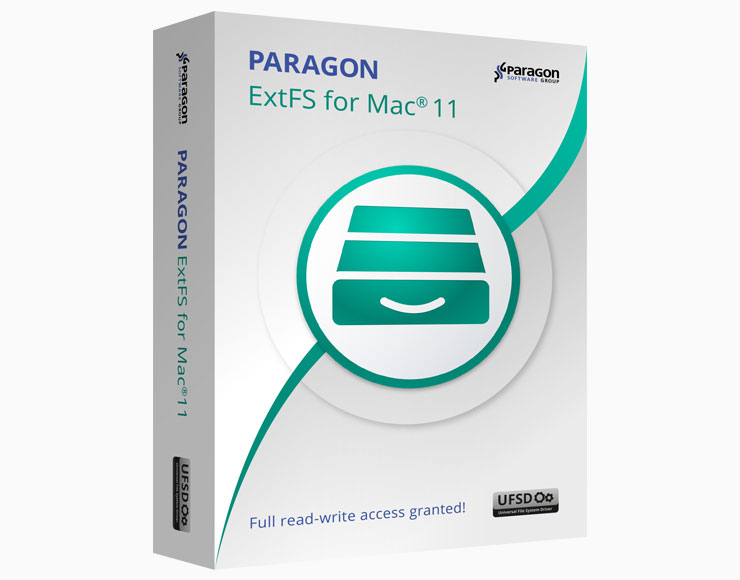
No, it’s not the same as mounting an existing EXT file system, but it works if the only intention is to be able to read and write data between different OS’s.
PARAGON EXTFS FOR MAC OS X MAC OS
Otherwise, networked computers can just use the SMB protocol and share files between Mac OS X, Linux, and Windows over a local network connection. This is particularly helpful for USB thumb drives and external disks that you want to use for quick file storage and sharing outside of a network. Do not do this without a backup.īy the way, an alternative for those who wish to safely read and write files between OS X and Linux (and Windows for that matter) by using an external drive are probably better off formatting a drive for maximum compatibility with the MS-DOS file system, which can be accessed by just about every operating system out there. Be sure to understand there are considerable risks to the drive and it’s quite possible to damage the Linux partition or drives file system by doing so. Cross your fingers and hope for the best, this is experimental and not recommended for a reasonĪgain, enabling EXT write support is not recommended.orig /System/Library/Filesystems/fuse-ext2.fs/fuse-ext2.util Sudo sed -e 's/OPTIONS="auto_xattr,defer_permissions"/OPTIONS="auto_xattr,defer_permissions,rw+"/' -i. Reboot the Mac, then use following command string to enable write support:.
PARAGON EXTFS FOR MAC OS X INSTALL
Get FUSE-EXT2 and install it onto of MacFUSE.Nonetheless, if you absolutely have to write to a Linux partition from OS X and you have a backup of the data and/or drive in question, and you don’t mind potentially toasting the data on the drive, you can enable writing to EXT with the following steps: While OSXFuse adds EXT read support, write support to EXT is disabled by default and probably not recommended to use at all, it’s considered experimental and unsupported by FUSE for a reason. Of course, now you can just enable NTFS write support on Macs directly without the need for any third party tools, but not too long ago that wasn’t the case.

Longtime OS X users may recognize OSXFuse as the successor to the now defunct MacFUSE, which, once upon a time, was necessary to gain Windows NTFS support on the Mac as well. When EXT drives are mounted with FUSE, the volumes are interpreted as network drives or servers, so if you are hiding desktop icons or connected servers from Finder preferences you won’t see it except in a Finder window sidebar. That means you can access files and copy files from the EXT volume over to the Mac, but not vice versa (more on using EXT write support in a moment).



 0 kommentar(er)
0 kommentar(er)
